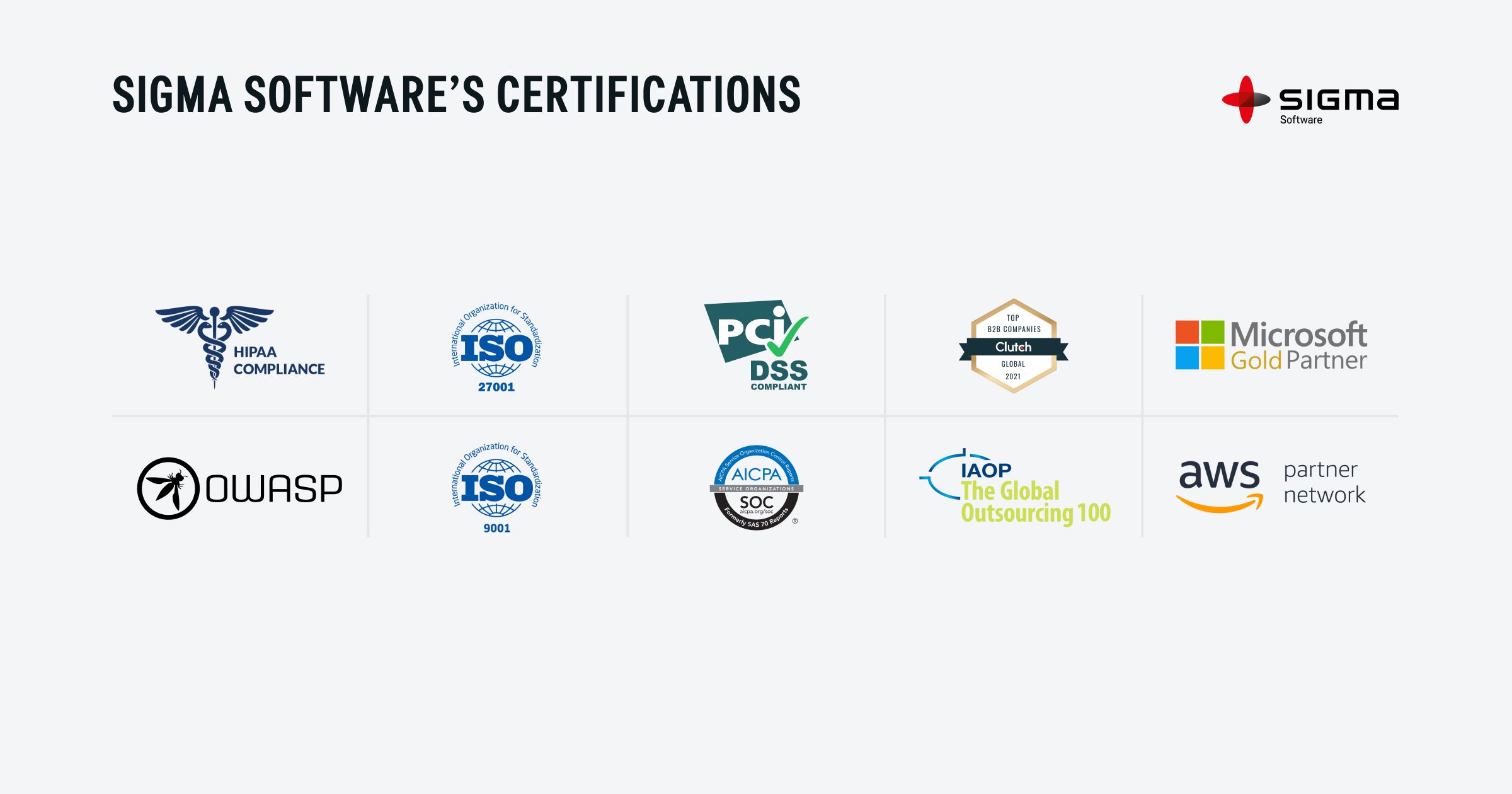Who is Responsible for Healthcare Compliance?
What are examples of regulations for healthcare software development in the USA?
Compliance Strategies for Healthcare Software Development
What is the Role of Certifications in Healthcare Software Development?




























